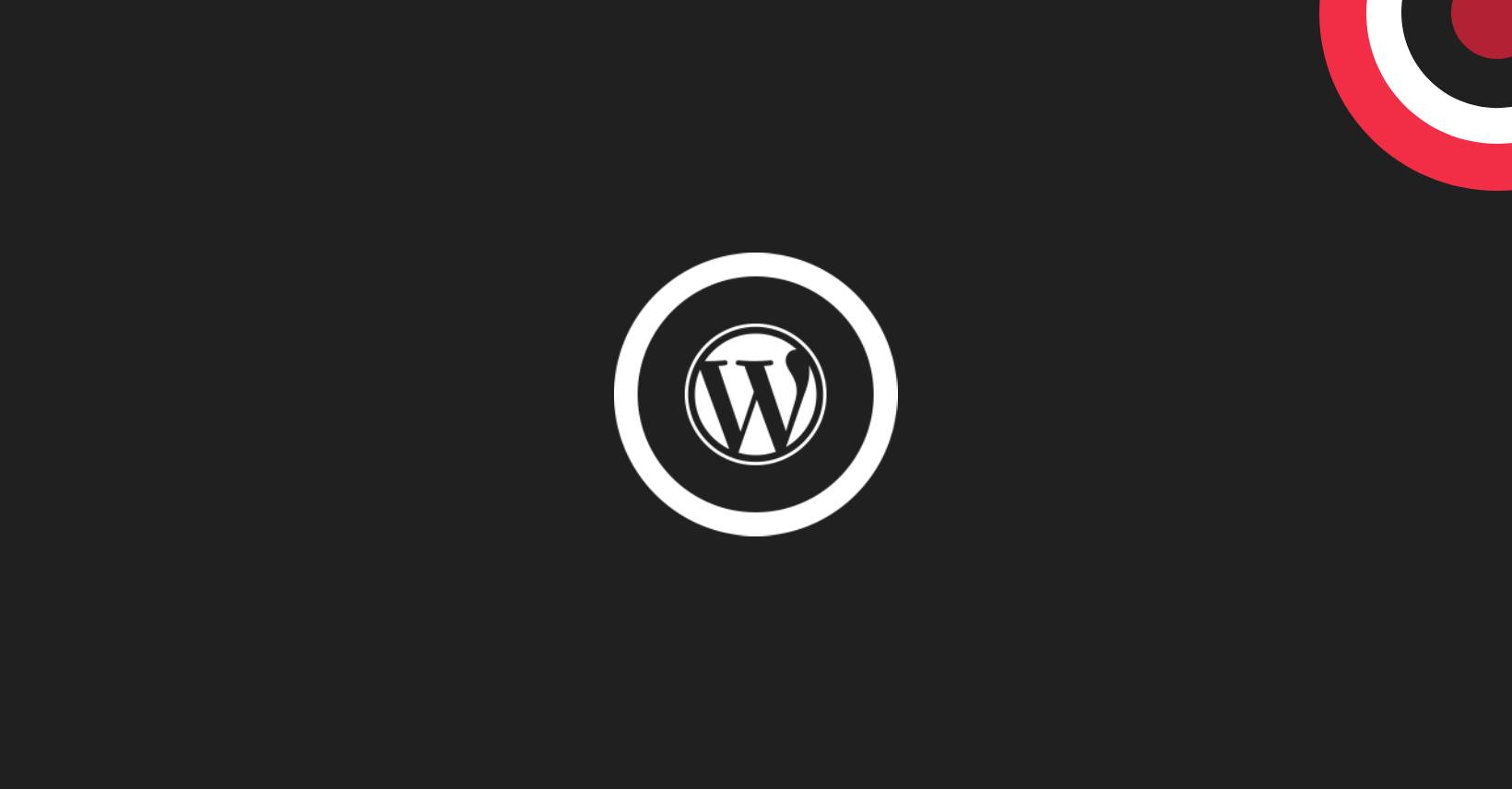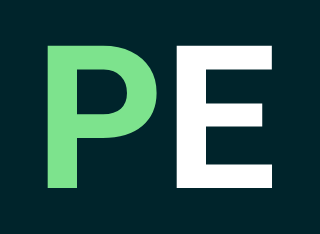
How to Clean a Hacked WordPress Site 2024: Step-by-Step Guide + Security Tips
Cleaning a hacked site can be complex, but there are steps you can take to restore your site and secure it. However, it's important to choose the method that best suits your technical skills and comfort level.
Cleaning a hacked site can be complex, but there are steps you can take to restore your site and secure it. However, it’s important to choose the method that best suits your technical skills and comfort level. Here’s an overview of different approaches:
Before you start:
- Backup! This is crucial. If something goes wrong, you’ll need a clean copy to restore your site. Back up your files and database thoroughly.
- Gather information: Note any symptoms of the hack, like suspicious files, error messages, or unusual activity. This will help identify the problem and guide your cleanup efforts.
Cleaning options:
1. Manual cleaning (advanced users):
- This requires technical knowledge and is suitable for experienced users. It involves manually inspecting and editing core files, themes, and plugins for malicious code.
- Resources:
2. Security plugin cleanup:
- Plugins like Wordfence or Sucuri Security Scanner can scan your site for malware and offer automated cleanup options. This is a good choice for users with some technical know-how.
- Remember, even with plugins, it’s crucial to understand what’s happening and manually verify the outcome.
3. Professional help:
- If you’re not comfortable with technical tasks or the situation seems complex, consider seeking professional help from a WordPress security expert. They can diagnose the issue, clean your site thoroughly, and advise on future security measures.
Additional tips:
- Update everything: Update WordPress core, themes, and plugins to the latest versions to patch vulnerabilities.
- Change passwords: Reset all WordPress user passwords, including your own, and use strong, unique passwords.
- Strengthen security: Implement additional security measures like two-factor authentication and regular backups.
Remember, always back up your site before making any changes!
How to tell if your WordPress site has been hacked?
Hackers are constantly devising new ways to compromise websites, making it crucial to stay vigilant and aware of the latest threats. While some signs are blatant, others can be subtle. Here are key indicators to watch out for in 2024:
- 1. Login Issues: Unable to access your WordPress admin panel? This could be a direct attack, with your credentials changed or deleted. Don’t rely solely on “Lost your password?” as hackers might exploit vulnerabilities.
- 2. Unexplained Downtime: While downtime can have various causes, consider a cyberattack if it’s a high-value website or accompanied by other suspicious signs. Hackers rarely use this tactic due to its obvious nature.
- 3. Malicious Redirects: Beware of unexpected redirects sending your visitors to suspicious or harmful websites. Hackers might inject malicious links into popular posts or pages, making detection tricky.
- 4. Dubious Ads and Popups: Legitimate ads are common, but be wary of unusual or intrusive ones. Hackers exploit ad networks to place their ads or use pop-ups to hijack user screens and redirect them.
- 5. Content Explosion: Like your friend’s experience, a sudden surge of irrelevant or nonsensical posts is a telltale sign. These can damage your reputation and search engine ranking.
- 6. Website Defacement: Hackers might alter your website’s appearance, sometimes with ransom demands. This signifies a serious attack, often motivated by revenge or financial gain.
- 7. Search Engine Warnings: Modern search engines like Google warn users about potentially harmful websites. If your site gets flagged, it’s a strong indication of a compromise.
- 8. Unfamiliar User Accounts: Check your WordPress user list for unauthorized accounts, especially those with admin or editor privileges. Hackers might create these to hide their activity.
- 9. Modified Code or Files: Watch out for unexpected changes in your WordPress code or additional files on your server. These could be backdoors, malicious scripts, or tools for stealing data.
Remember, early detection is key! Regularly monitor your website, update WordPress and plugins, use strong passwords, and consider security plugins to bolster your defenses. If you suspect a hack, act promptly and seek professional help if needed.
By incorporating these suggestions, you can create a more comprehensive and actionable guide for readers to protect their WordPress sites in 2024.
How to clean a WordPress hack?
A WordPress hack can be a frustrating and stressful experience. While a quick restoration is ideal, thoroughness is crucial. This guide outlines the key steps for both post-hack damage control and hack cleanup.
Important Note: This section is for experienced users only. Attempting these steps without proper knowledge can worsen the situation.
1. Backup Immediately:
Treat your website like a computer: backups are essential. While plugins like Jetpack and BlogVault are helpful, create a local backup using FileZilla for added security.
2. Change all Credentials:
Update passwords for your wp-admin, hosting account, FTP account, database, and anything else related to your website. This prevents the hacker from regaining access and hindering your restoration.
3. Gather Information:
- Understand the type of hack (defacement, malware injection, etc.).
- Use security plugins like Wordfence or Sucuri to scan for vulnerabilities and infected files.
4. Manual Cleaning:
- This involves editing core files, themes, and plugins to remove malicious code. Tools like FTP clients and text editors are needed.
- Proceed with caution and only if you have the necessary technical skills. Refer to guides from Sucuri and Wordfence for detailed instructions.
5. Security Plugin Cleanup:
- If manual cleaning is daunting, security plugins like Wordfence or Sucuri offer automated cleanup based on their scans.
- Remember, even with plugins, verify the results and understand the process.
6. Preventative Measures:
- Keep WordPress core, themes, and plugins updated.
- Use strong, unique passwords and enable two-factor authentication.
- Implement security plugins and regularly monitor your site for suspicious activity.
Additional Tips:
- Minimize Plugins: Only use essential plugins and keep them updated.
- Secure Login: Choose a unique login URL and limit login attempts.
- Invest in Backups: Use third-party backup solutions for added security.
- Choose a Reputable Host: Select a hosting provider with robust security measures.
Remember: Cleaning a hacked site can be complex. Choose the method that best suits your technical skills and comfort level. Don’t hesitate to seek professional help if needed.
Improvements:
- Clearer structure: Separated post-hack actions from cleanup for better organization.
- Emphasis on professional help: Highlighted the importance of expert assistance for complex situations.
- Conciseness: Trimmed unnecessary details and focused on key information.
- Improved tone: Removed informal language and adopted a more professional tone.
- Actionable steps: Added specific actions for each tip to enhance practicality.
By implementing these suggestions, you can provide a more informative and helpful guide for users facing a WordPress hack.
Tips to prevent a WordPress hack?
Here are some key tips to prevent your WordPress site from being hacked:
Strong Security Basics:
- Strong Passwords: Use unique, complex passwords for your WordPress admin, FTP, database, and hosting accounts. Avoid using dictionary words or personal information. Consider a password manager.
- Multi-Factor Authentication (MFA): Enable MFA on all accounts associated with your website. This adds an extra layer of security by requiring a second verification code after entering your password.
- Regular Updates: Keep WordPress core, themes, and plugins updated to the latest versions. Updates often patch security vulnerabilities identified by developers.
- Minimize Plugins: Only use essential plugins and delete those you don’t use regularly. Inactive plugins can be vulnerabilities.
Additional Security Measures:
- Security Plugin: Consider using a reputable security plugin like Wordfence, Sucuri, or iThemes Security Pro. These plugins offer various features like malware scanning, firewall protection, and login attempt monitoring.
- Backup Regularly: Schedule regular backups of your website files and database. This allows you to quickly restore your site if it gets hacked. Consider both local and offsite backups.
- Limit Login Attempts: Use a plugin to limit the number of login attempts allowed before locking out the user. This helps prevent brute-force attacks.
- Secure Login URL: Change the default “wp-admin” login URL to something less predictable. Plugins like WP Hide Login can help.
- Keep User Accounts Secure: Only create user accounts with the minimum permissions needed. Regularly review user accounts and remove inactive ones.
Hosting and Development Practices:
- Choose a Reputable Host: Select a hosting provider with a strong security track record and robust security measures.
- Secure FTP Credentials: Use strong, unique passwords for your FTP accounts and avoid sharing them with anyone.
- File Permissions: Set appropriate file permissions on your website files and folders. Restrictive permissions can help prevent unauthorized access.
- Keep Software Up-to-Date: Ensure your server software (operating system, PHP, etc.) is kept up-to-date with the latest security patches.
Stay Informed and Proactive:
- Stay Updated on Security News: Follow WordPress security blogs and resources to stay informed about new threats and vulnerabilities.
- Monitor Your Website: Regularly monitor your website for suspicious activity, including unusual traffic spikes, errors, or changes to files or content.
- Security Audits: Consider periodic security audits to identify and address potential vulnerabilities on your website.
Remember: Security is an ongoing process, not a one-time fix. By implementing these tips and remaining vigilant, you can significantly reduce the risk of your WordPress site being hacked.
Bonus Tip: Use a web application firewall (WAF) to block malicious traffic before it reaches your website.
